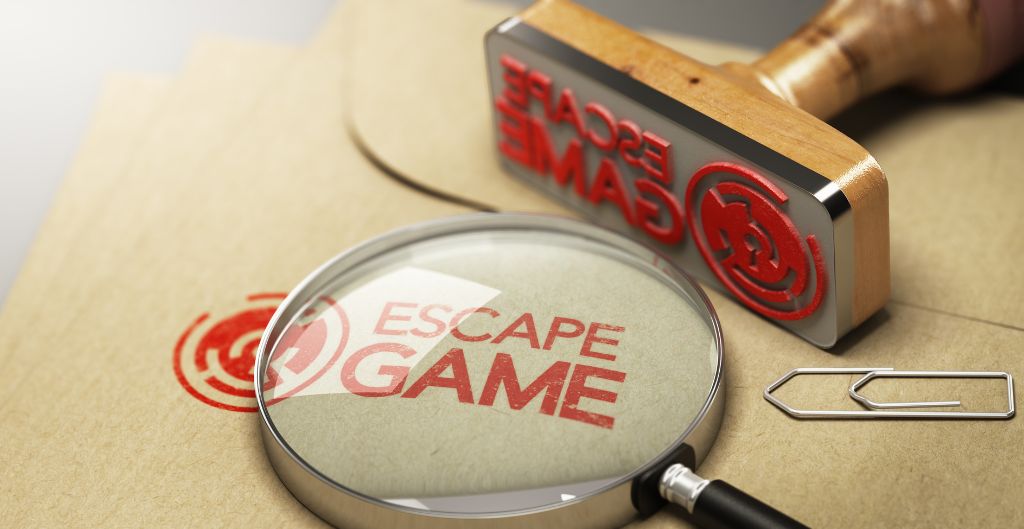The Early Days of Escape Games
The concept of escape rooms can be traced back to the early days of online gaming. In the 1980s, text-based adventure games like “Behind Closed Doors” and point-and-click games introduced players to the idea of solving puzzles and navigating virtual rooms. These early games laid the foundation for the interactive and immersive experiences we know as escape rooms today.
The Rise of Real Escape Games in Japan
The birthplace of escape rooms is often credited to Japan, where the first Real Escape Game (REG) was created by publishing company SCRAP in 2007. The founder, Takao Kato, drew inspiration from online escape games and aimed to create a real-life adventure for participants. REG events were initially held in clubs and bars, where players had to solve puzzles and unravel mysteries within a set time frame.
The Global Phenomenon Takes Flight
Escape rooms quickly gained popularity in Japan, leading to their expansion across Asia. In 2011, the trend reached Eastern Europe, with Budapest becoming a hotbed for immersive escape room experiences. From there, the phenomenon spread to other parts of Europe, Canada, Australia, and eventually to North America. In 2012, the first permanent escape room opened in San Francisco, marking the beginning of the escape room craze in the United States.
The Transformation of Escape Room Design
As the popularity of escape rooms grew, so did the creativity and complexity of the puzzles and room designs. The early escape rooms were often simple, relying on padlocks and traditional riddles. However, as the industry evolved, designers began incorporating advanced technologies, special effects, and intricate storytelling into their experiences.
The Three Generations of Escape Rooms
Escape rooms can be categorized into three generations based on their design and level of immersion. The first generation rooms were characterized by simple puzzles, padlocks, and basic room designs. These rooms focused primarily on the challenge of solving puzzles and escaping the room within the given time limit.
The second generation of escape rooms introduced more immersive elements, such as electronic locks, hidden passages, and thematic storytelling. These rooms aimed to create a more engaging and atmospheric experience for players, blurring the lines between reality and fiction.
The third generation of escape rooms pushed the boundaries of immersion even further. These rooms incorporated advanced technologies, interactive elements, and live actors to create a truly immersive adventure. Participants become active participants in a narrative-driven experience, where the puzzles and challenges are seamlessly integrated into the storyline.
The Popularity of Escape Rooms
Escape rooms have gained immense popularity due to their unique blend of puzzle-solving, teamwork, and immersive storytelling. They offer an exciting and challenging experience that appeals to people of all ages and backgrounds. Whether it’s a group of friends looking for a fun night out, a family bonding activity, or a corporate team-building event, escape rooms provide an engaging and memorable experience.
Escape Rooms in Singapore: A Thriving Scene
Singapore has embraced the escape room trend, with a thriving scene offering a wide range of themed rooms and immersive experiences. Lost SG, one of the most popular escape room venues in Singapore, has garnered a reputation for its high-quality puzzles and captivating storylines. With a variety of themes, from historical mysteries to thrilling adventures, escape room enthusiasts in Singapore are spoiled for choice.
The Future of Escape Rooms
As escape rooms continue to captivate audiences worldwide, the future of the industry looks promising. Designers are constantly pushing the boundaries of innovation, incorporating new technologies and interactive elements to enhance the player experience. Virtual reality, augmented reality, and gamification are just a few of the exciting trends that are shaping the future of escape rooms.
Additionally, escape rooms are expanding beyond traditional brick-and-mortar locations. Online escape rooms and at-home escape games have emerged, allowing players to enjoy the thrill of solving puzzles and unraveling mysteries from the comfort of their own homes. These virtual experiences offer convenience and accessibility, opening up the world of escape rooms to a wider audience.
Escape rooms have come a long way since their humble beginnings as online puzzles. From Japan to Singapore and beyond, the global phenomenon of escape rooms has captured the imaginations of puzzle enthusiasts and adventure seekers. With their immersive experiences, intricate puzzles, and compelling storylines, escape rooms provide a unique and exhilarating form of entertainment. Whether you’re looking for a thrilling adventure or a fun bonding activity, escape rooms offer an unforgettable experience that will challenge your wits, teamwork, and problem-solving skills.
So gather your friends, family, or colleagues, and embark on an exciting escape room adventure today!



